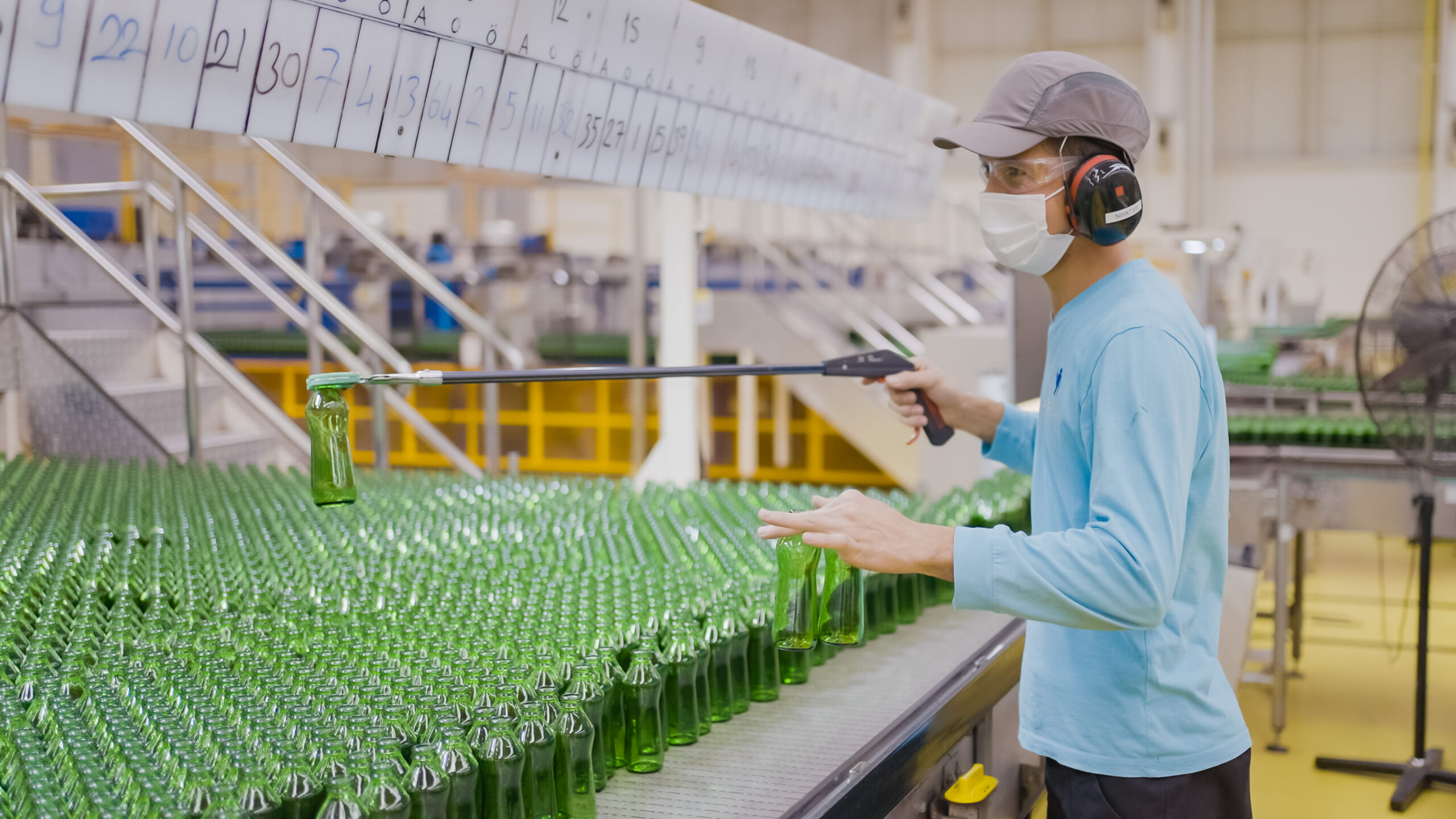News & views > The Glass Industry is the Past, Present and Future Solution to a Sustainable Packing Industry
2 May 2024
Global newsThe Glass Industry is the Past, Present and Future Solution to a Sustainable Packing Industry

Governments across the world are looking to cut down on packaging waste levels.
The European Union, for example, is aiming to create packaging that is lighter, so less material is needed for production and less fuel for transportation- most notably through the Packaging & Packaging Waste Regulation (PPWR), which is in the final stages of legislative approval.
Under the rules, member states would have to cut back on packaging weight and would have to introduce measures to meet targets. However, there is concern the glass container industry will be unfairly targeted as glass is relatively heavy, compared with plastic or aluminium.
There have been reports that the glass industry could be disadvantaged by this approach, given its larger weight and density. This approach would be a big mistake. The glass industry is the past, present and future of the packaging industry. It has been used in containers for thousands of years – developing and evolving each generation – and today remains the choice by food and beverage producers as well as containers, tableware, cookware and glazing due to its robustness, aesthetics, and visualisation.
Additionally, Glass containers are 100% recyclable due to the development of technology to enable it to be separated efficiently and effectively, unlike Polyethylene terephthalate (PET), used in plastic, which degrades when recycled and often requires cascading to lesser uses. In comparison, glass, at the end of life, poses no significant ecological effects due to it being a 100% inorganic product. PET, meanwhile, is known, along with other plastics, to pose a significant ecological risk to marine and land-based nature.
One other benefit of using cullet rather than raw materials – such as sand, limestone, feldspar and dolomite – is the absence of chemical reactions, which are a part of the raw material melting process creating harmful bi-products such as Carbon Dioxide, Cobalt(II) oxide and Sulfur Dioxide. Therefore, as well as combustion products such as CO2 and H20, using recycled glass also reduces “reaction” gasses.
Nevertheless, for glass to improve its competitive position in the food and beverage container market, a significant reduction in the weight of the containers through thickness reduction is required, thereby reducing the material requirement to produce the glass container and lowering overall raw material and energy cost.
The glass industry must also develop technologies to reduce the carbon footprint of the production of containers as well as address the weight and cost elements by developing production technologies for thinner and tougher containers whilst keeping the appeal of glass compared to other materials.
This will involve significant research in production technologies, including furnace design to use alternative fuels productively and process and product reengineering to produce ultra-lightweight glass containers using less raw material, less energy, and lower associated transport-based emissions.
At our Ciner Glass Lommel factory, currently being built, we will aim to use 75% recycled glass. The use of recycled glass will also reduce energy consumption by at least 20% because recycled glass melts at a lower temperature. In addition, Ciner Glass has already managed to reduce the weight of its glass bottles by 10%, resulting in a significant decrease in resource use and CO2 emissions during their transport.
In Lommel, this weight reduction, combined with local production, will result in an annual CO2 reduction of nearly 29,000 tonnes, significantly shrinking both our environmental footprint and that of our customers.
Despite the perceived disadvantages of glass containers and bottle production, they are still favoured for many applications and will continue to form an important material for the container and other markets in the future. We must ensure that Government legalisation helps to support, not stifle, the glass industries’ transition to net zero.